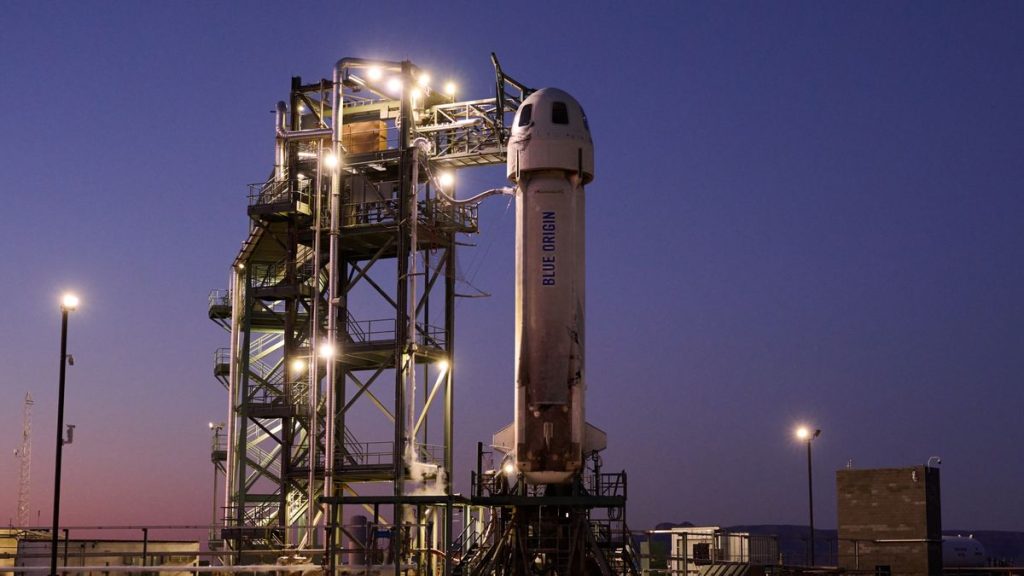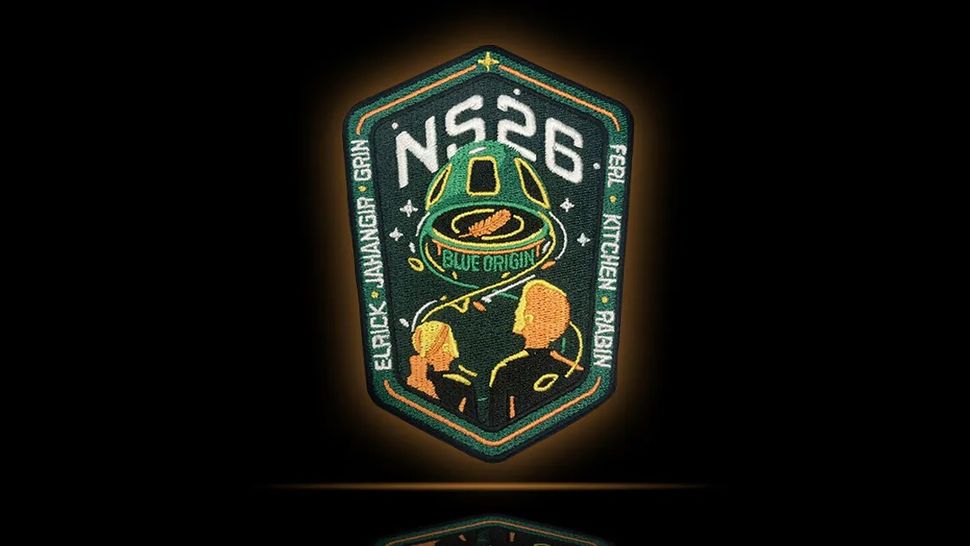
What time is Blue Origin’s private NS-26 astronaut launch on Aug. 29 (and how to watch live) (Image Credit: Space.com)
Blue Origin is set to launch another six people to space on Thursday (Aug. 29), and you can watch it live online.
Blue Origin is currently targeting Thursday to send six space tourists to suborbital space aboard the company’s New Shepard booster and RSS First Step capsule. Liftoff is scheduled for 9 a.m. EDT (8 a.m. CDT; 1330 GMT) from the company’s West Texas spaceport.
The mission, called NS-26, will be Blue Origin’s second crewed space mission since an anomaly two years ago. The company stopped launching people for nearly two years after an uncrewed New Shepard launch failed in September 2022. Following the successful launch of the uncrewed NS-24 science flight in December 2023, launches resumed with people with the NS-25 flight in May 2024. Read on for details about NS-26, including launch timing, who’s flying on it and how to follow along.
What time is the Blue Origin NS-26 astronaut launch?
Blue Origin plans to launch six people at 9 a.m. EDT (1300 GMT) on Thursday. It will fly to space from the company’s Launch Site One in West Texas, near the town of Van Horn. In Texas, the local time will be 8 a.m.
Launches are always subject to change due to technical or weather conditions, so don’t be shocked if NS-26 doesn’t get off the ground exactly 9 a.m. EDT. Blue Origin will likely publish mission updates via X.
Can I watch Blue Origin’s NS-26 launch online?
Yes, Blue Origin’s NS-26 launch will be available online. Blue Origin will air a live webcast on its NS-26 mission page and the company’s YouTube channel. Blue Origin has said the webcast will start about 40 minutes before liftoff.
With a nominal launch time of 9 a.m. EDT, the webcast would begin at roughly 8:20 a.m. EDT (1220 GMT/7:20 a.m. CDT). The webcast will also be available at the top of this page and via Space.com, as a simulcast.
Who is flying on Blue Origin’s NS-26 mission?

Blue Origin’s NS-26 mission includes philanthropist and entrepreneur Nicolina Elrick, university professor Rob Ferl, businessman Eugene Grin, cardiologist Eiman Jahangir, college student Karsen Kitchen and entrepreneur Ephraim Rabin. Most of the crewmembers paid for their own seats, aside from Ferl and Jahangir.
Ferl’s funding came from two NASA sources: a TechFlights grant by the agency’s Flight Opportunities program, and the NASA division of biological and physical sciences.
Jahangir’s seat was sponsored by MoonDAO, a “decentralized” blockchain or cryptocurrency company. (Note that the U.S. Securities and Exchange Commission has warned that cryptocurrencies can be associated with Ponzi schemes.) Jahangir also is an “overview ambassador” for Spaceflight for Humanity, but a recent X post did not specify if that nonprofit will be financially supporting him.
All six NS-26 tourists will use reclined seats aboard New Shepard to fly into space. The capsule will separate from the booster shortly after liftoff. Then the rocket will return to a landing area near the launch site to land vertically, after which it will be prepped for future missions.
Meanwhile, the capsule with tourists will fly into suborbital space and return to Earth under parachutes, in the west Texas desert. The NS-26 passengers can expect a few moments of weightlessness and the ability to view Earth through large windows in the New Shepard spacecraft.
What if Blue Origin’s NS-26 mission can’t launch on time?

Blue Origin does expect to launch NS-26 at 9 a.m. EDT on Thursday, but if a technical problem arises or the weather doesn’t cooperate, the mission may be delayed. Delays can last a couple of hours after launch; a scrub, however, would mean that the mission won’t launch until another day.
The soonest opportunity for a relaunch, after the NS-26 prime launch target of Thursday, would presumably be on Friday (August 30) at 9 a.m. EDT. But Blue Origin has not yet said what backup dates are available.
NS-26, as the name suggests, is the 26th New Shepard launch overall. It is the company’s eighth launch to carry passengers since Blue Origin began astronaut flights in July 2021.








